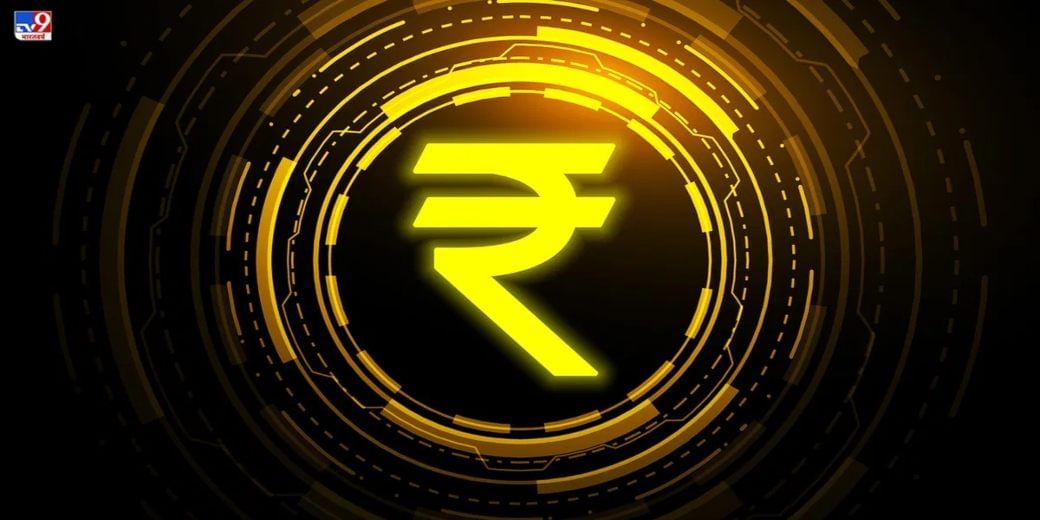INR could add to inflation pressure only beyond 84: Experts
The indication from economists comes against the backdrop of retail inflation crawling below the 5% level (4.87%) in October 2023

Inflation in India has many sources – food prices, global crude oil prices, commodity prices and foreign exchange rates, especially that of the INR against the USD. But several economists assure us that the rupee in not likely to trigger any significant upward pressure on inflation breaches the 84-to-a-dollar level, The Economic Times has reported.
The indication from economists comes against the backdrop of retail inflation crawling below the 5% level (4.87%) in October 2023, for the first time in four months, though the primary villain food inflation has remained higher than 6%, the level of discomfort for the Reserve Bank of India.
“As per RBI estimates, a 5% depreciation in rupee can increase headline inflation by 35 basis points. Hence, it would require a significant movement in INR for it to have an impact on inflation,” said Gaura Sengupta, economist, IDFC First Bank.
With food inflation remaining a persistent concern and the vagaries of weather ensuring that the threat keeps looming in the near horizon, the inflation that a falling rupee might pose warrants constant vigil of monetary economists.
“If rupee depreciates further, then it is likely to put pressure on input prices,” said Sunil Kumar Sinha, principal economist, Ind-Ra. He argued that input price pressures on account of elevated commodity prices led to inflation rising to high levels during 2021-22 and higher levels of core inflation.
Economists have expressed the apprehension that retail inflation can move near 6% in the next two months. Onion inflation rose to 42% in October but met a counter-influence of 43.9% decline in tomato prices compared to the earlier year. Potato prices, too, went down 17.7%. Food items have a weightage of around 47% in the retail inflation basket. Onions enjoy 0.6% weight.
Incidentally, the INR has depreciated 0.2% against USD since the start of the year. But further weakness can trigger concern. Madan Sabnavis, chief economist, Bank of Baroda, told the newspaper that besides the magnitude of depreciation, the “permanency of depreciation” is of significance.
The BoB economist said, “Rupee depreciation leads to higher cost of forex which in turn pushes up the price of imports. Given that imports are valued at around 20% of GDP, the direct impact of depreciation will inflate this ratio. It all depends on how much is the depreciation over a long period of time.”
Sabnavis also explained that the depreciation derived from a falling INR does not fully pass through to consumer prices as well.
“Very broadly speaking, one can say that the impact of 1% depreciation on a permanent basis will push up prices by 0.2% based on import ratio as nearly 20% of the components of GDP will move up. However, it is not always that the costs are passed on fully, and hence there will be only partial impact,” he said.
One of the significant reliefs is that economists do not think the INR would depreciate further in the next few months.
“Given adequate FX reserves and FY24 current account deficit remaining moderate at 1.9% of GDP, we don’t expect the USDINR to cross the 84 mark,” Gaura Sengupta said. He is hopeful that depreciation pressure might ease in Q4FY24.